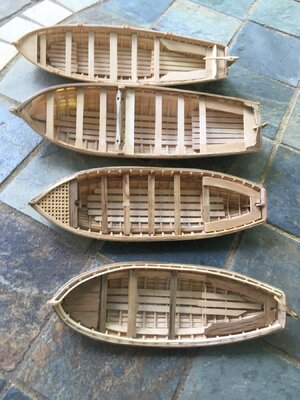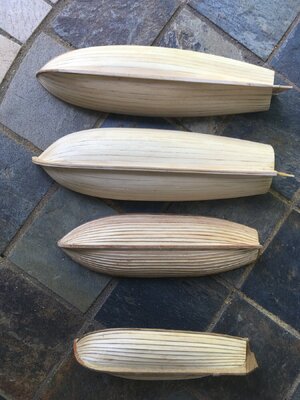Could someone give a quick tutorial on the differences among the various boats
In short, each had a different purpose. Ships boats were designed for a great variety of tasks and conditions. As a result the shapes and sizes varied with the purpose for which it was intended. There were also evolutions for each over time. I love the Mays book and use it regularly but Brian Lavery gives five full pages describing the types of boats and purposes of each in
The Arming and Fitting of English Ships of War. As it is copyrighted I cannot copy that much material here. A short synopsis though might help
The Boats' Functions
Moving the ship

ing and mooring (I tried to get rid of the picture to the left but when I save the post it automatically changes the word to the picture. Sorry.)
Military uses
Transport of people and stores
Communications
Some interesting points from Lavery follow:
Boat types
Long boat- Traditionally the largest and heaviest boat carried on a ship. When I say large, the HMS Prince carried a 52 foot long boat in 1618.
These were primarily used for transport. A ship normally left port with enough fresh water for three months and food for six months. Longboats, and then launches, when they became the standard of the two in November 1780, were the primary type of boat for these chores.
Pinnace They were used mainly to carry personnel. They were always single banked with each oarsman sitting on the opposite side to his thole pin to give him extra leverage. We often see modern models of pinnaces set up double banked. This is probably due to misinterpretation of contemporary drawings.
Barge - Mainly a larger version of the pinnace with a typical length to breadth ratio of 5 to 1.
Yawl Originally a clinker built boat originating in Deal. It was considered a good sea-boat, and highly regarded by officers who often requested them instead of longboats
The cutter was another clinker built boat from Deal. While yawls were later built carvel style, cutters were always lapstrake. It had a very sharp bow compared to other boats of the time and was broader, deeper and shorter than barges and pinnaces. They were larger than yawls and very popular with many captains. They came into use in 1740 for third rates and larger to assist in pressing men.
There is much more, but hopefully researching contemporary plans, scantlings and contracts will help. There are a lot of high resolution plans on the Wiki Commons site found at RMG and more in low res at RMG Collections as well. Some plans have scantlings on the plan as seen below. I think other than commonly missing parts the main mistake on modern models is the inappropriate placement and/or number of tholes for various types and sizes of boats. Again this may be because the plans can be deceptive in their presentation. In the pinnace plan below it looks like there is only one thole on the starboard side for every other thwart. But, when studying the top view the port side tholes can be seen on the alternating thwarts winding up with an 8 oared boat.
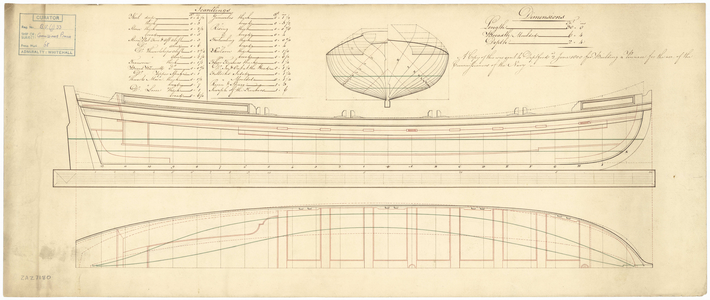
Below is a contract some folks might find helpful or at least interesting.
A point to note with dating is that in contracts it was often written as 7ber, 8ber, 9ber & 10ber as seen in the transcription in the attached pdf

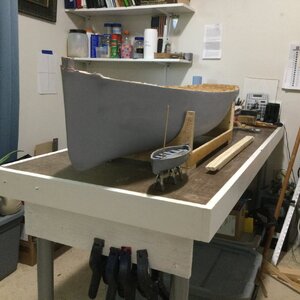
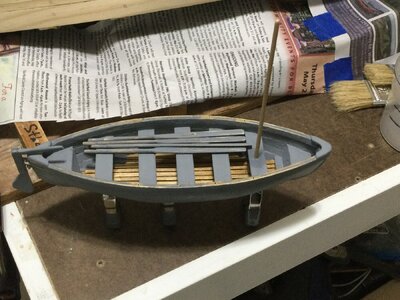





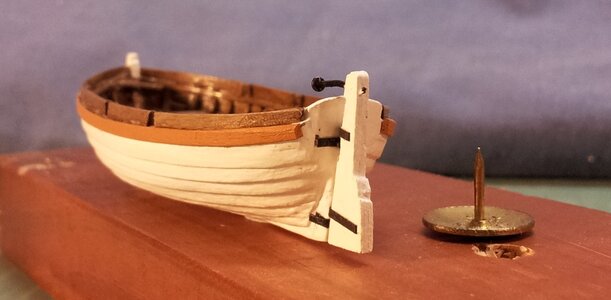
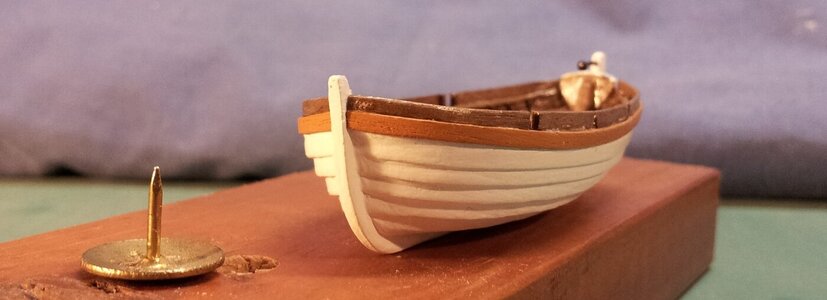


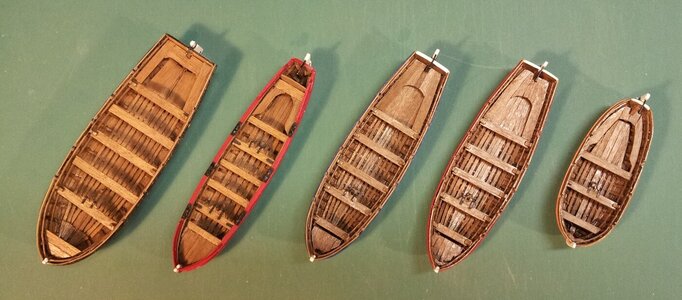

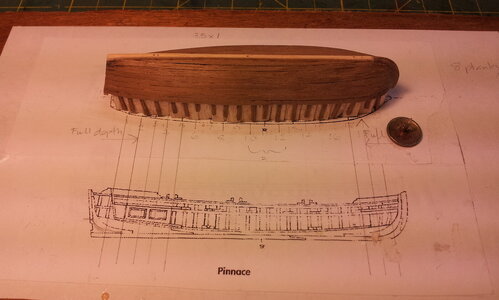
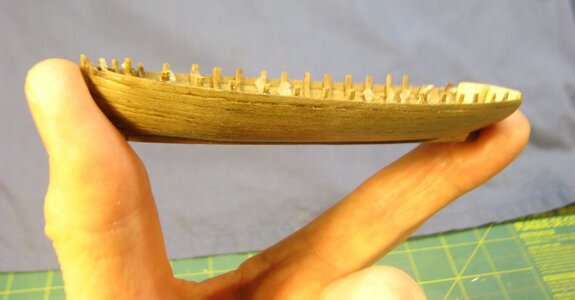
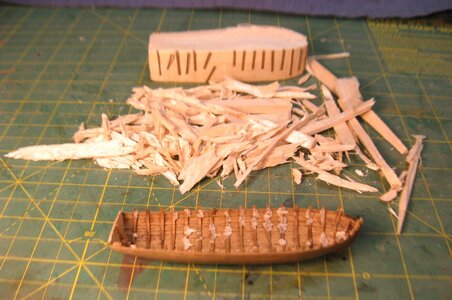

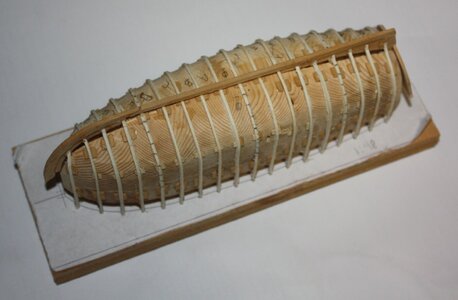

 ing and mooring (I tried to get rid of the picture to the left but when I save the post it automatically changes the word to the picture. Sorry.)
ing and mooring (I tried to get rid of the picture to the left but when I save the post it automatically changes the word to the picture. Sorry.)

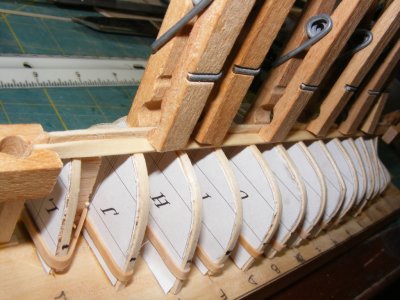
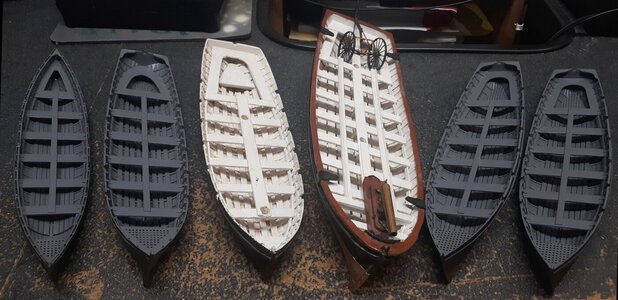
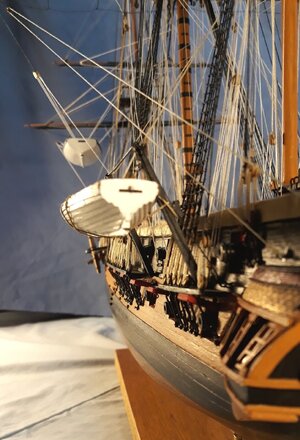
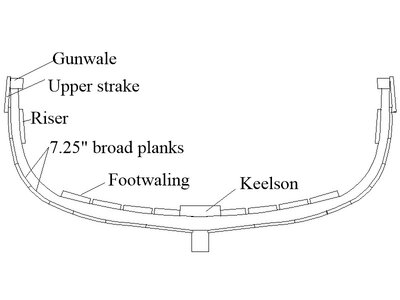
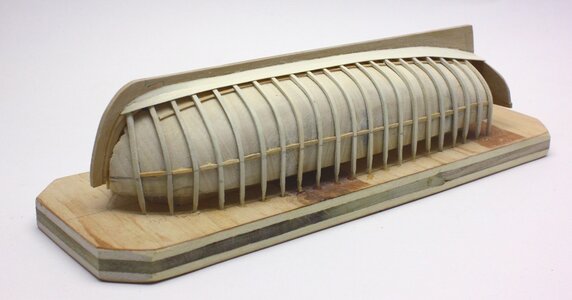
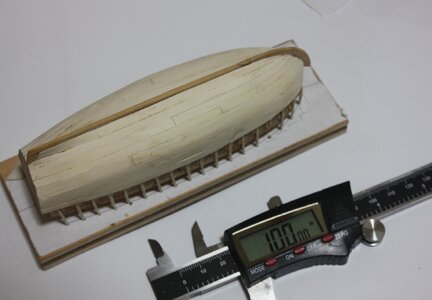
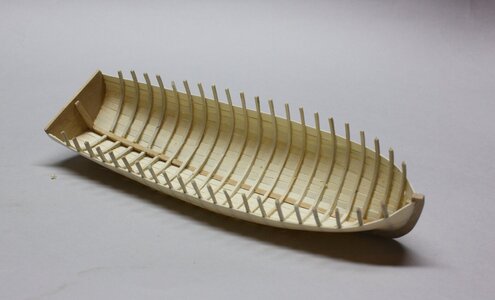
 Does the book include boat scantlings and any information on how to actually build a model ship's boat that would add anything helpful to this topic? Many thanks for any building information you can add.
Does the book include boat scantlings and any information on how to actually build a model ship's boat that would add anything helpful to this topic? Many thanks for any building information you can add.